How to Choose the Best SUP Shape for You: Comparing All-Around, Touring, and Yoga Paddle Board Designs
The different shapes and designs of stand up paddle boards provide you with a variety of options to choose from. The trick is to try and decide what you'd like to be doing while you're out on the water and then let that guide your shape choice. However, that isn't so straight forward if you haven't had the chance to experiment with different boards in all kinds of conditions. But don't worry, in this article we'll help cut through the fog of uncertainty by comparing the different shapes of SUPs and what they mean for the rider.
We cover all three major categories (all-around, touring and yoga) and by the end you'll have a thorough understanding of their design differences and shapes. All of which should provide you with the confidence to make your selection.

Headed to the beach for a paddle, but which board will you take in that bag?
Which paddleboard shape should you have in YOUR bag?
To answer that question, think about the kind of kind of stand up paddle boarder you are or would like to be. What is it you'll do with your paddle board? Will you take your board on long expeditions on a river or down the coast, or will you spend most of your time cruising around the local swimming hole? Do you need a large stable platform for yoga poses or plenty of room and bungees to carry your fishing gear? Or maybe you're new to the sport and you want to experiment with lots of different kinds of paddling, so you need the most versatile paddle board shape. Think about what type of water will you paddle most often. Will you usually be in rivers, lakes, or oceans? Do you need a shorter board that's easy to turn for riding waves and dealing with white water or a longer board to paddle fast and keep up with your friends? Will you paddle long or short distances? These are few of the questions you should keep in mind when thinking about what shape is right for you. And you haven't tried paddle boarding before, it's probably best not to limit yourself to a specific use case.
What's the best paddleboard shape for beginners?
Balance can sometimes be the sole consideration for beginners, but you don't have to worry. Paddle boarding is a very approachable way to have fun on the water no matter your skill level. Most people can stand and paddle on a SUP their very first time out with just a little bit of instruction. If you're not feeling confident or come across some choppy water or a particularly windy day, you can always get started by sitting or kneeling on the board until you find your balance.
When you're learning to ride a bicycle, frame type (mountain, road, touring, etc.) doesn't make a big difference as to how easy it is for you to balance overall. It's more useful for determining what you should be doing with it. A mountain bike will excel on off-road trails, but a road bike will be most effective on paved surfaces. Ultimately, you can have a great time taking either out for a cruise around the neighborhood. The same's true for stand up paddle boards. While you probably won't have too much trouble balancing on any board, a board's shape and design improve how it performs under certain conditions. That makes different kinds of activities easier to do on each type of board.

Room for two…best friends out for a paddle on a 2019 Thurso Surf Waterwalker 132 (all-around)
So, while a yoga board is designed to provide extra stability, if you're not planning on doing much yoga on it, it's probably better to choose a board shape that's quicker and more maneuverable. Similarly, while you may be able to pull off your favorite pose on a touring board, its narrow shape is better suited to cutting through the water fast than balancing on your head. There's a board out there for everyone. Read on to find out what shapes are best suited to which activities.
Why you should choose an all-around paddleboard shape
As you might suspect from the name, the all-around is a paddle board built with versatility in mind. These are the most commonly used boards by paddlers of all skill levels. Their design lends them to a variety of activities and water conditions. This means they're great for a recreational river cruising, paddling on lakes or oceans, and SUP surfing.
All-around boards have a rounded nose and wide deck. Their shape keeps them traveling mostly on top of the water rather than cutting through it. This makes them more forgiving and stable than SUPs that are specifically designed for surfing or touring. A rounded nose means they're wider at the front giving you more stability to move around on deck, but that also slows them down slightly when compared to boards with a pointed nose like touring boards. However, what you lose in speed you gain in maneuverability. To maintain a strong glide and tracking on the water, our all-around shape, the Waterwalker, is a hybrid all-around shape with an elongated curved nose that's stable, maneuverable and fast.
Overall, these boards are great for paddle cruising and are suitable for a variety of activities. They're a great choice for beginners because they're boards you can experiment with and grow into. And because of their generous width there's extra space on the deck for a furry friend and/or some gear, or to try a bit of paddle yoga from time to time.
Reviews of the Waterwalker All-Around SUP
- Inflatable Boarder - Waterwalker 126
- Inflatable Boarder - Waterwalker 132
- iSUP World - Waterwalker 126 & 132

Example of an all-around - 2019 Thurso Surf Waterwalker 126
Why you should choose a touring paddleboard shape
Similar to the all-around board, the name says it all. These boards are built for the paddler that's looking to slice through the water over longer distances at a faster pace. Touring boards have a pointed nose and narrow deck. That shape decreases water-resistance allowing you to paddle with higher efficiency and cut through the water. That means fewer strokes for greater travel and a smoother glide.
However, their spear-like design also makes them a bit less forgiving. Their pointed noses and slightly narrower decks mean touring boards have less drag and are typically less stable than the wider all-around board shapes. Because they're a bit more difficult to balance, they're also more challenging for less experienced paddlers to turn. However as you learn to read the water with experience, you can really take advantage of a touring SUP's speed. If you're interested in longer distance journeys or races, then a touring board like the Thurso Surf Expedition Touring SUP board can be a great step up.
Reviews of the Expedition Touring SUP

Example of a touring board - 2019 Thurso Surf Expedition
Why you should choose a yoga paddleboard shape
Like all-arounds, yoga boards also have a rounded nose. However, you'll notice that the curve is broader and less dramatic than the all-arounder and nowhere near as pointy as touring boards. The breadth of the curve and generous width of the board gives yoga SUPs the ultimate stability. They're designed to be stable platforms that are great for having fun on the water or for a casual paddle. However, that added stability means that it'll be a bit less efficient when paddling and not as easy to turn as an all-around board.
The deck of our Tranquility Yoga SUP is covered in an extra-long EVA foam deck pad. This creates a soft and grippy yoga mat feel along the entire length of the board. That makes it easier to perform yoga poses comfortably even in wet conditions. You can certainly still enjoy practicing yoga on an all-around board, but having a dedicated yoga board will give you the stability and comfort to focus on your yoga practice. Plus, thoughtful details like the full-length deck pad and handle placement that allows you to lie comfortably in the center of your board, make yoga and paddling fun and easy.
Reviews of the Tranquility Yoga SUP

Example of a yoga board - 2019 Thurso Surf Tranquility
Last Thoughts
There's no shortage of fun activities you can tackle with a SUP of any shape, but by taking into consideration the type of paddling you'll be doing most often, you can settle on the board shape that's best for you. Choose an all-around board for maneuverability and versatility, a touring SUP if you're planning to go fast and far, and a yoga SUP if you're looking to maximize stability and focus on your poses rather than speed. Hopefully you'll be able to make a confident decision on which SUP shape is best for you and get out on the water soon. Hit us up with questions in the comments below, reach out by email or explore the gear for yourself.
See you on the water!


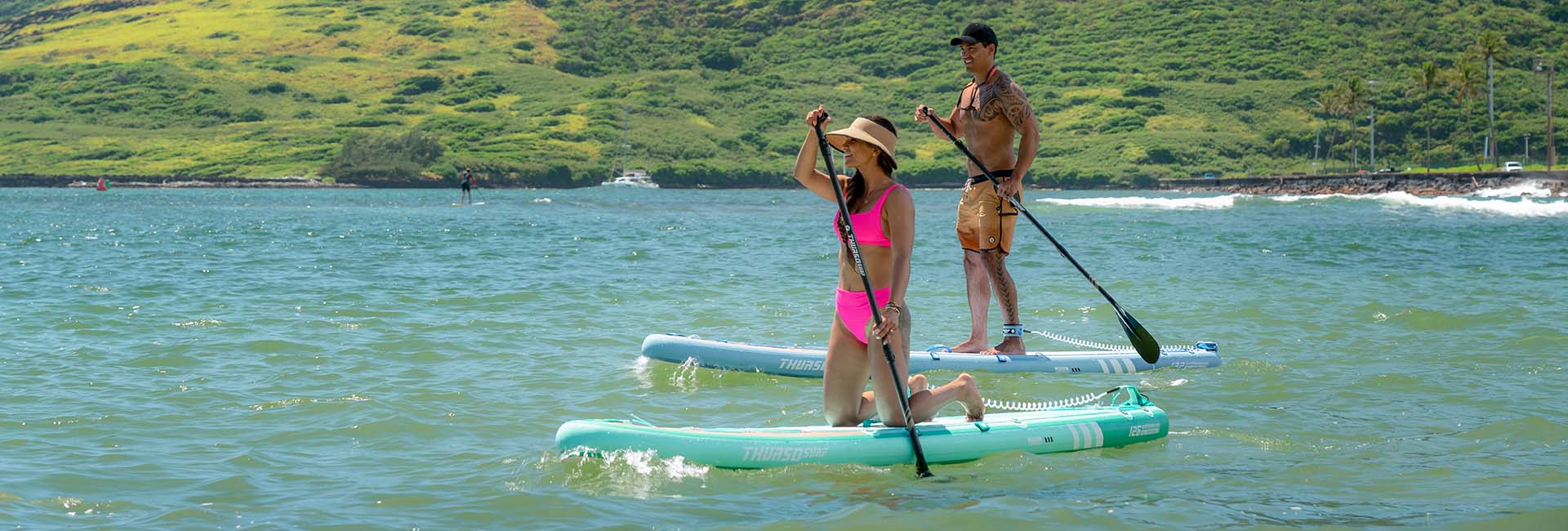
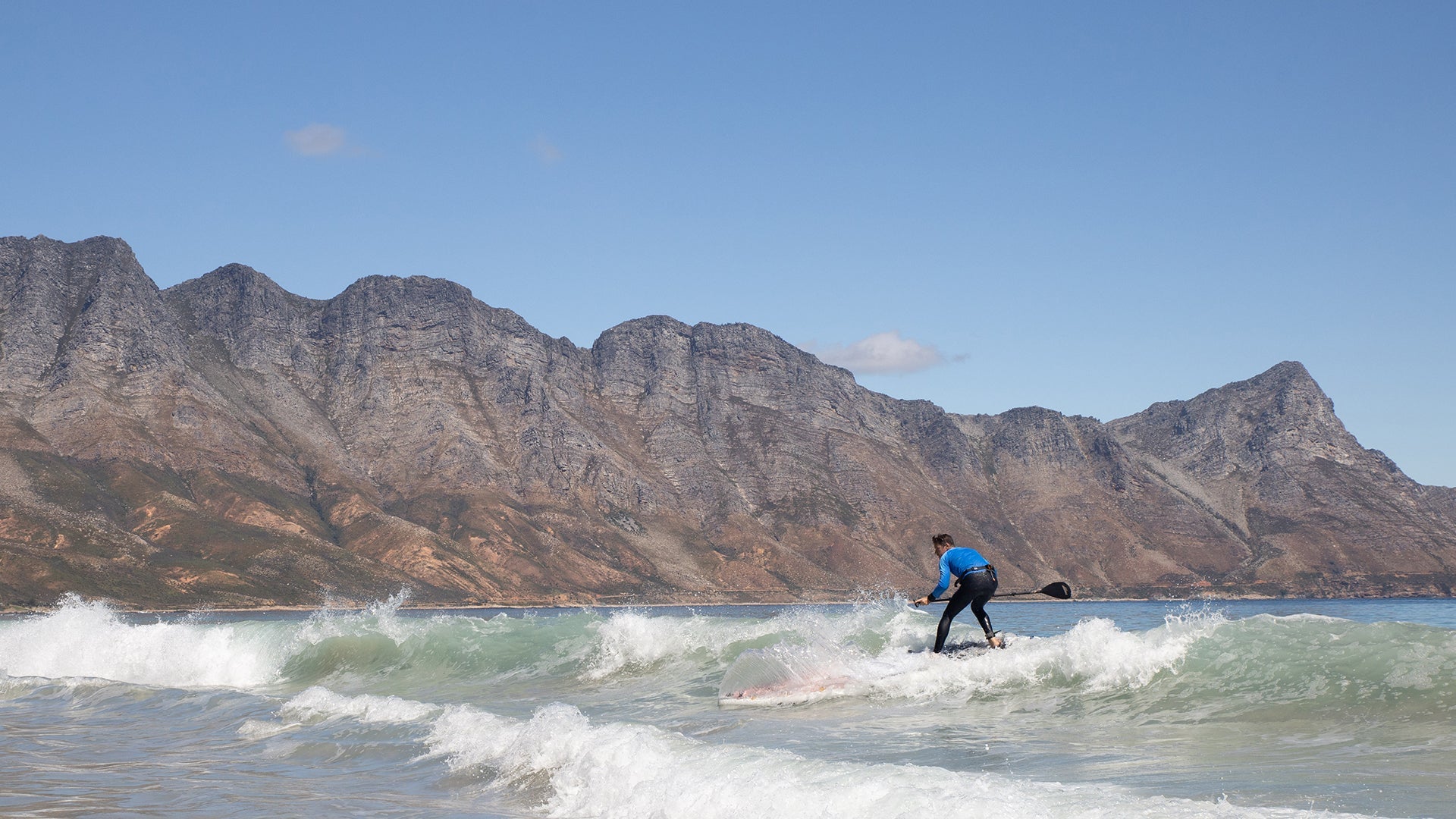
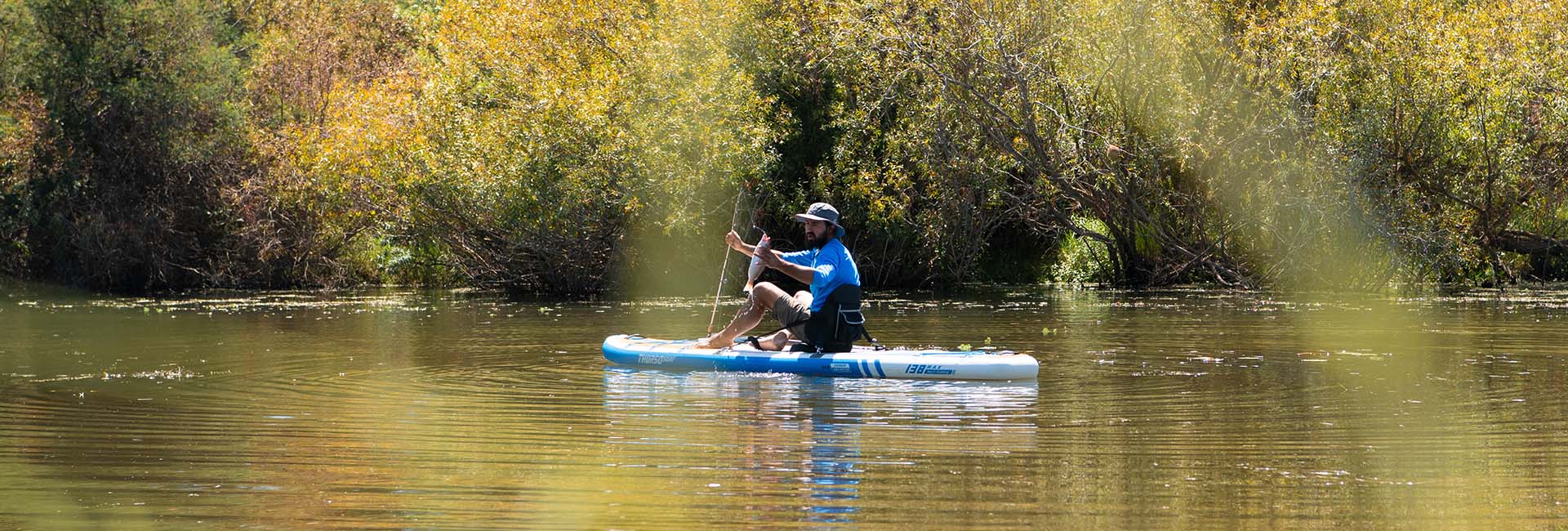
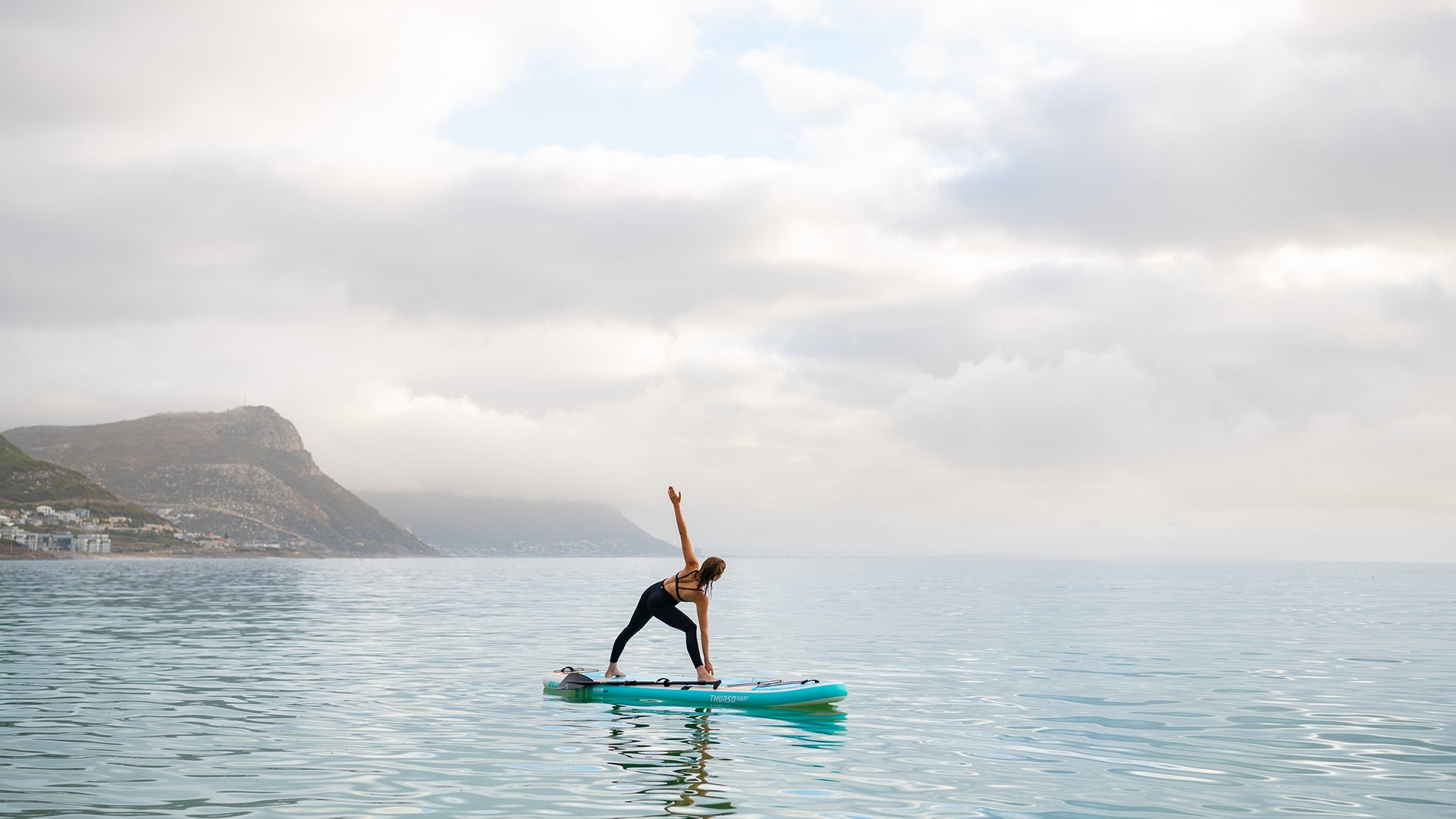
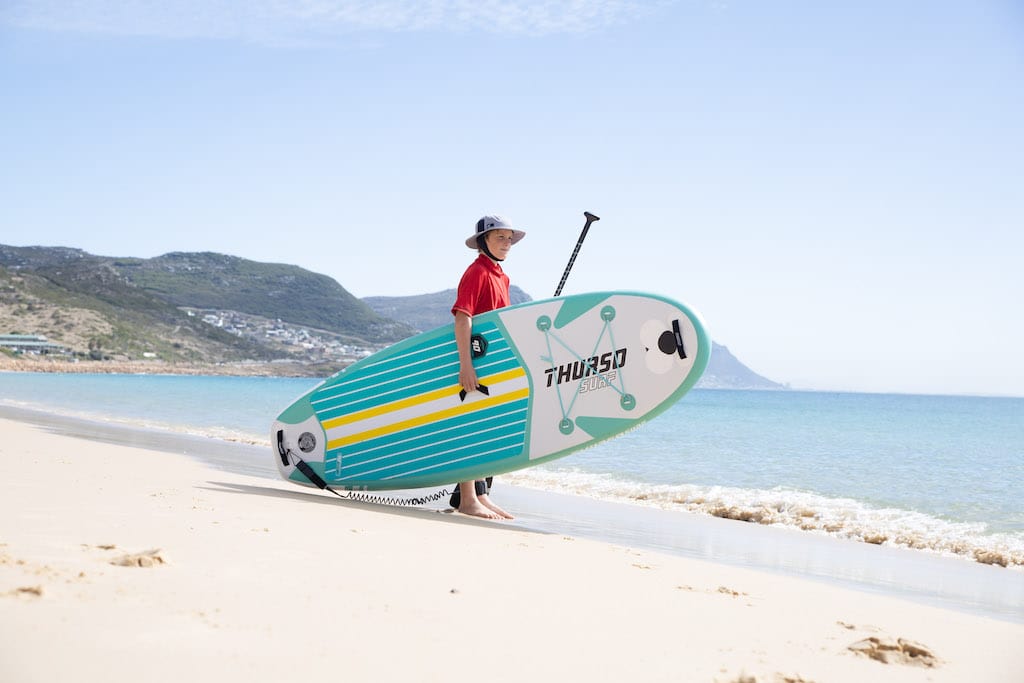
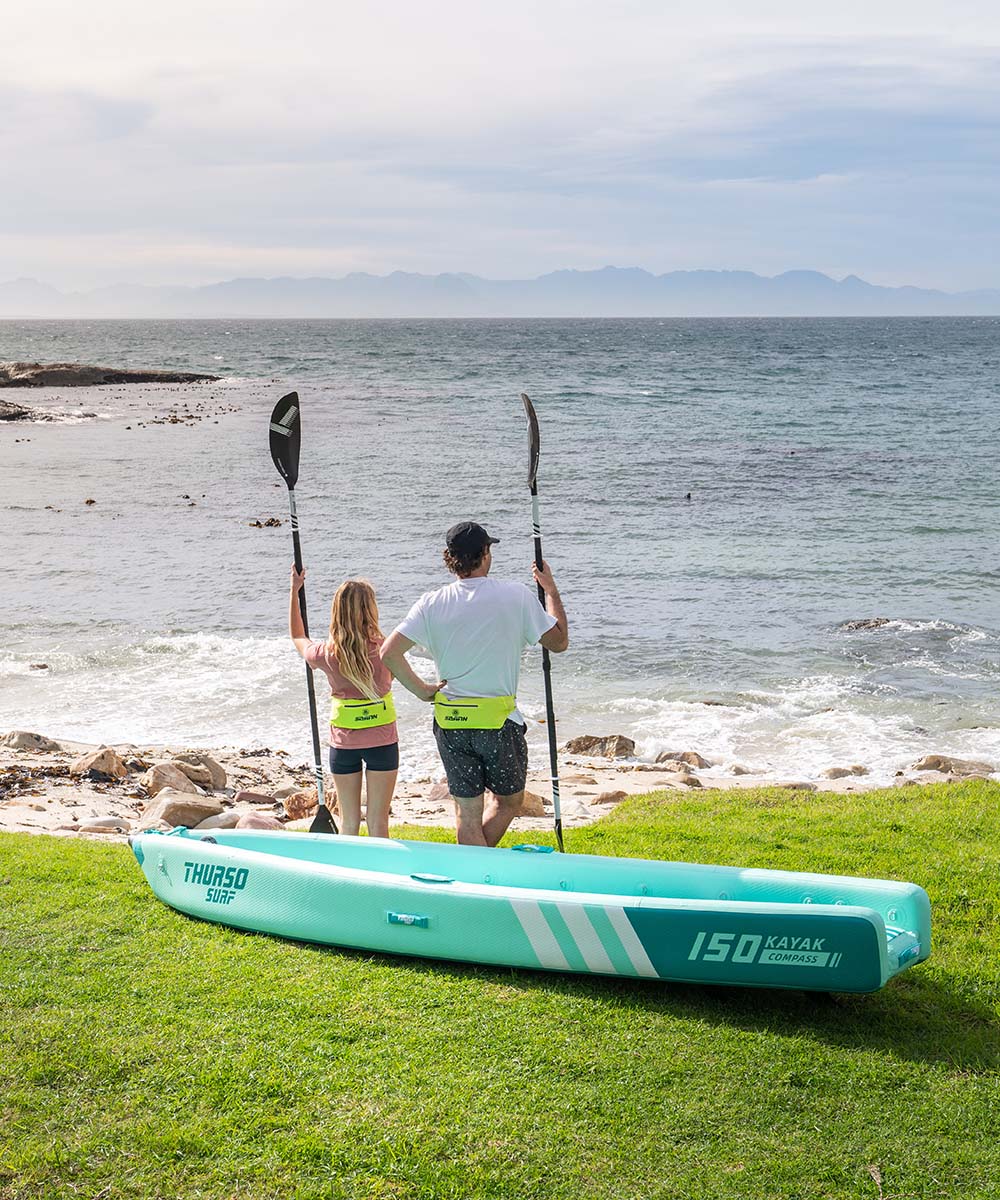
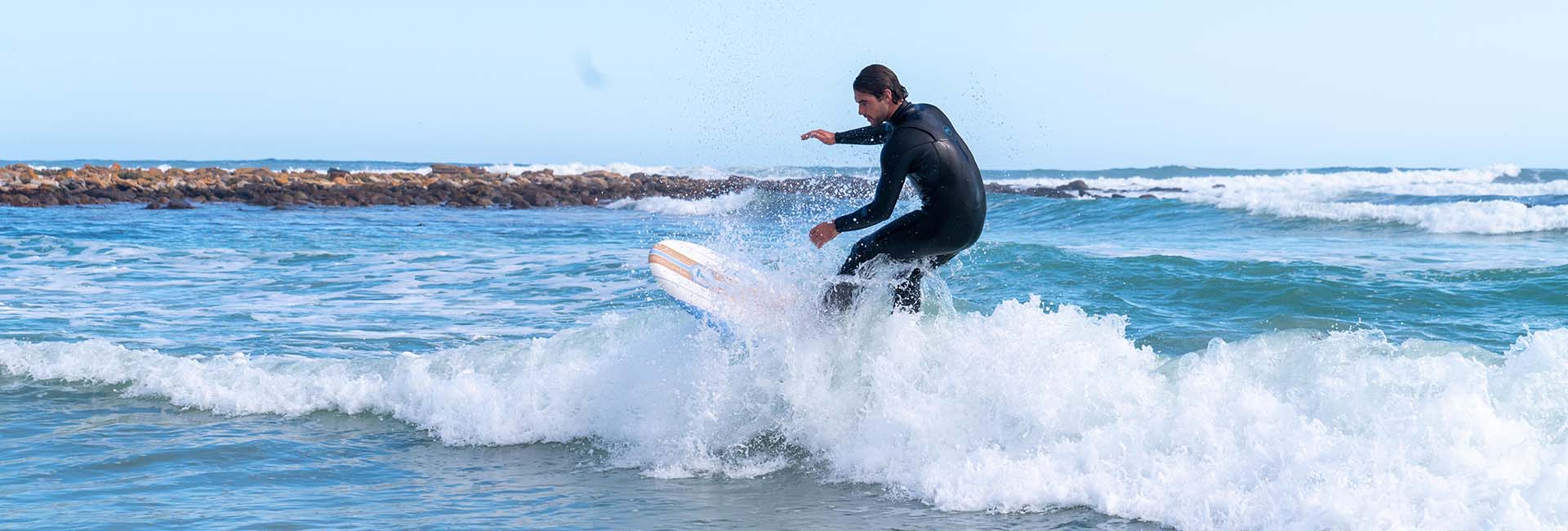
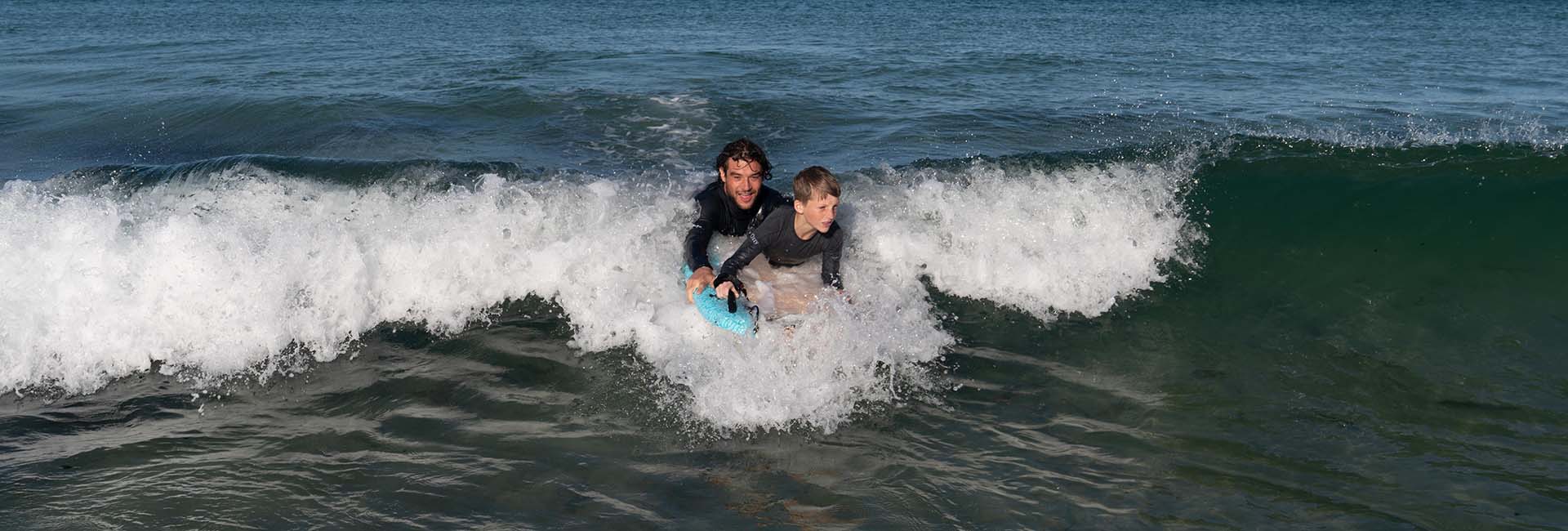
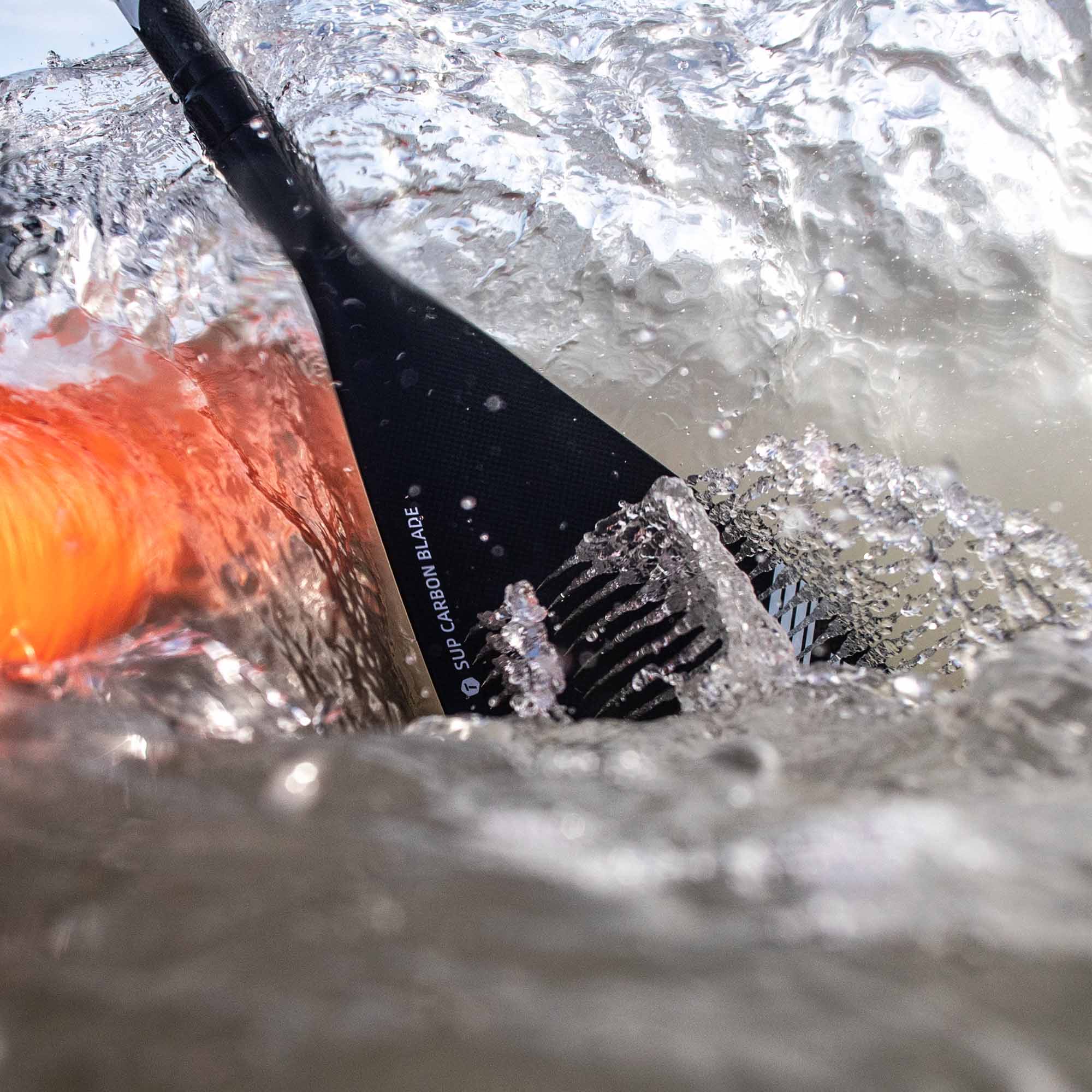
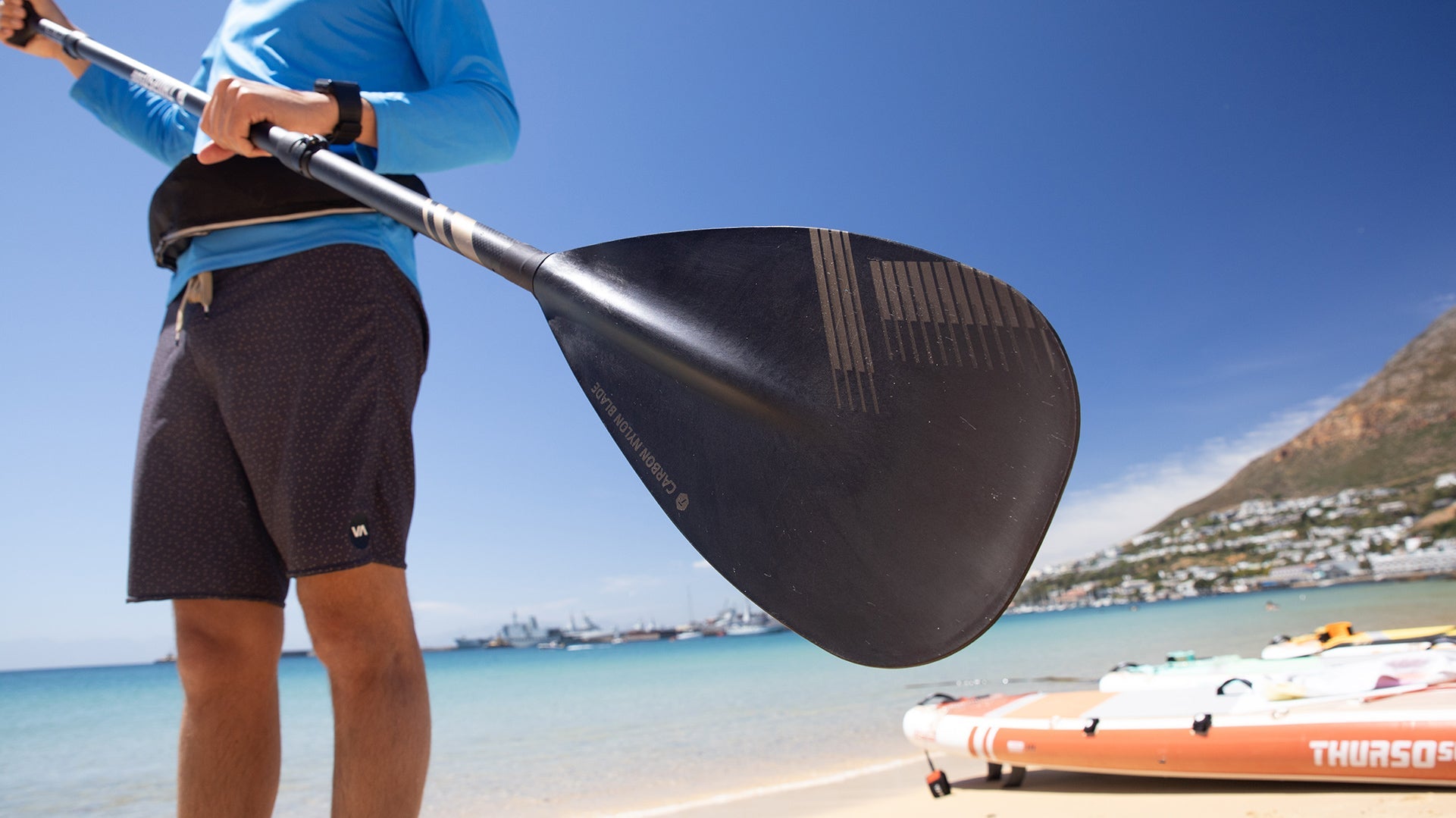
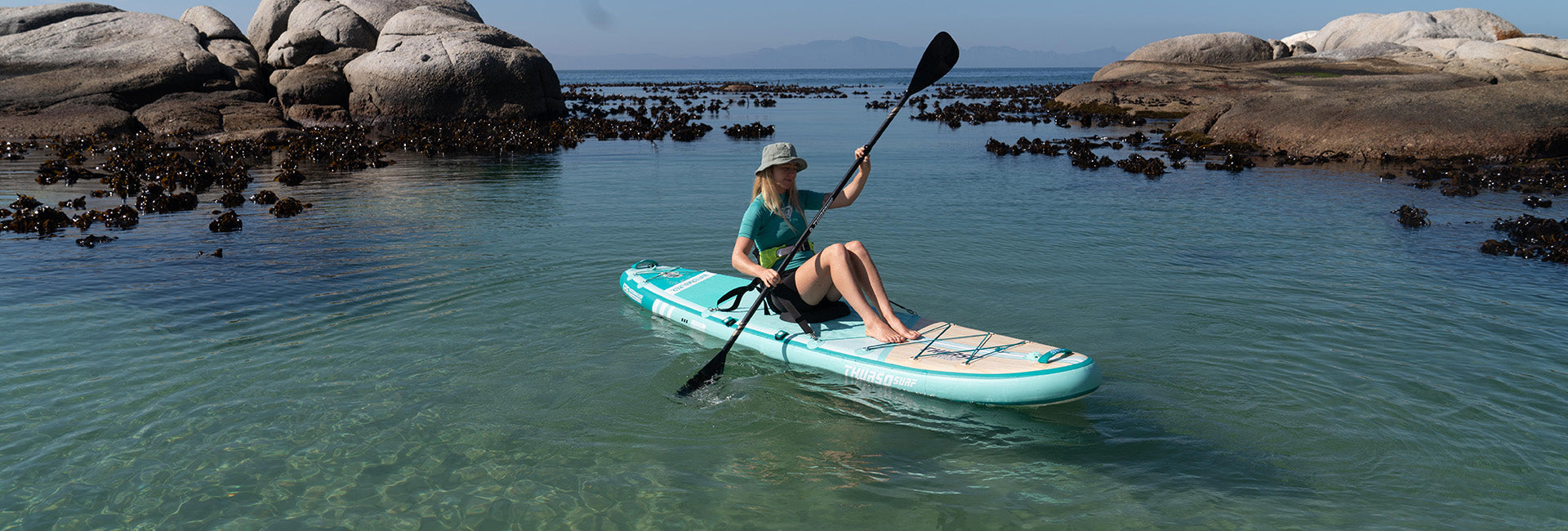

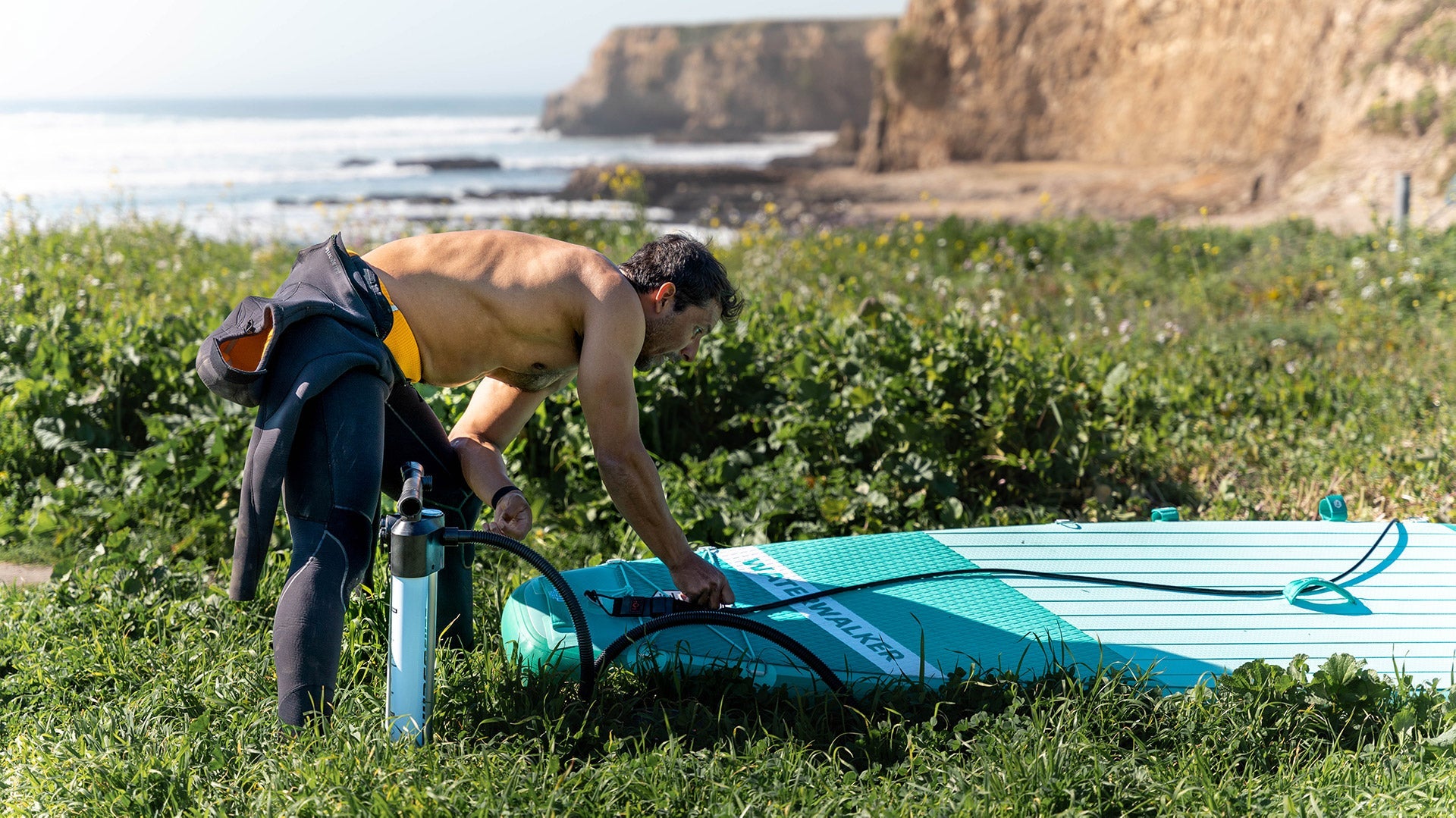
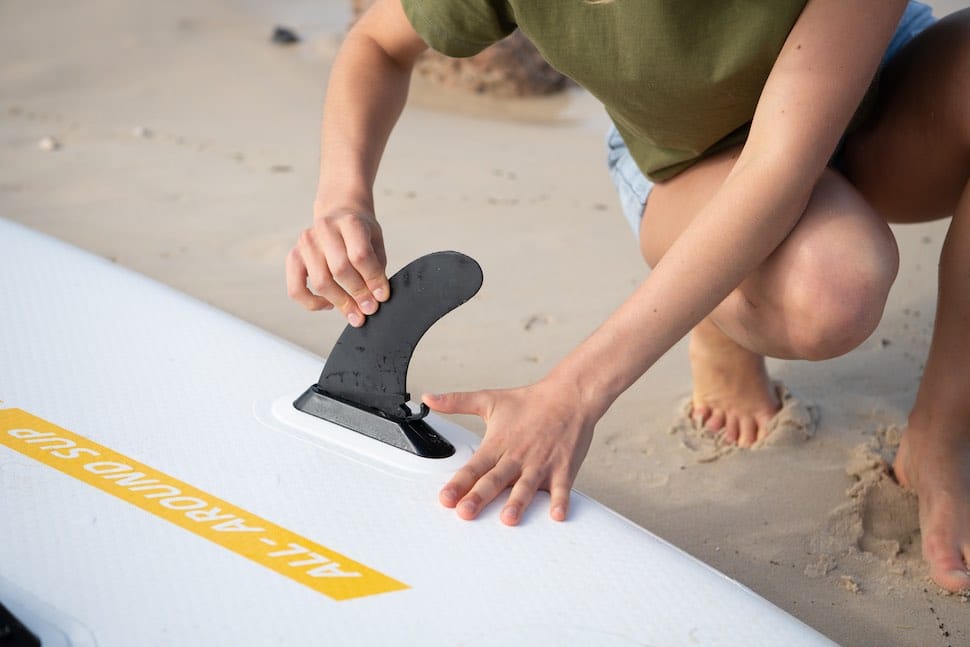
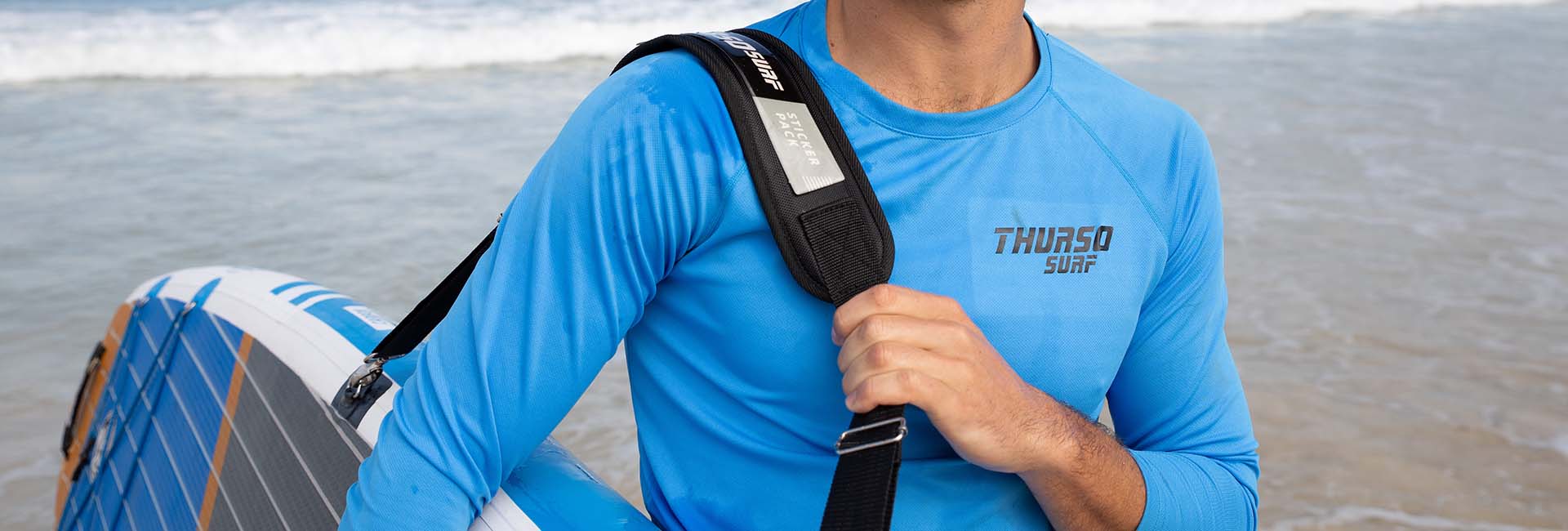



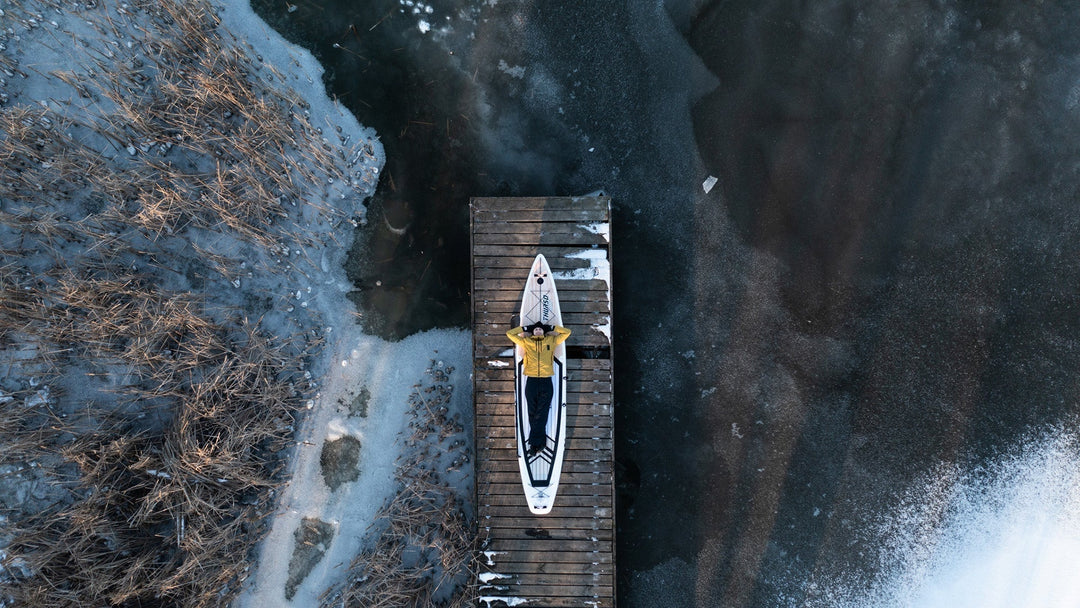
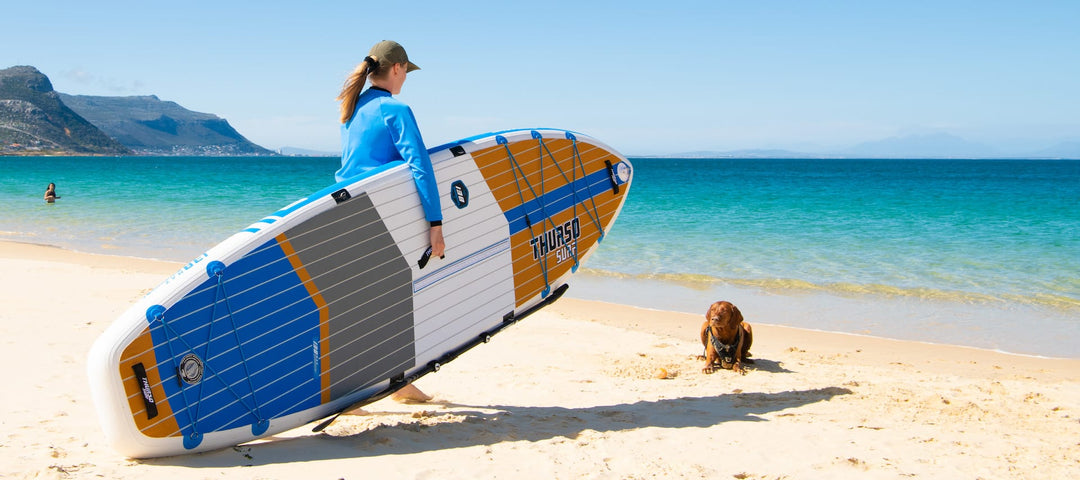
Leave a comment